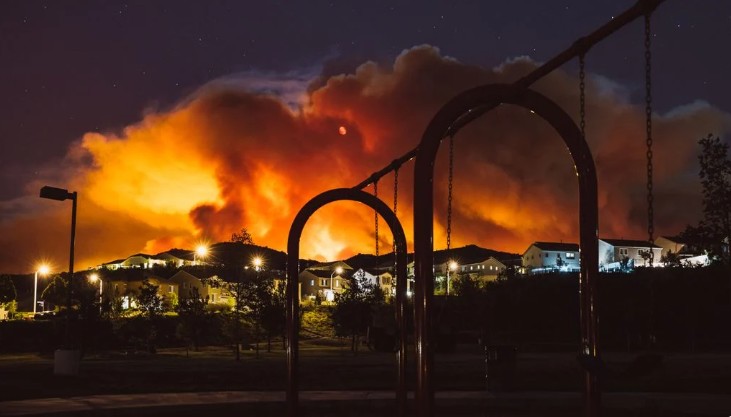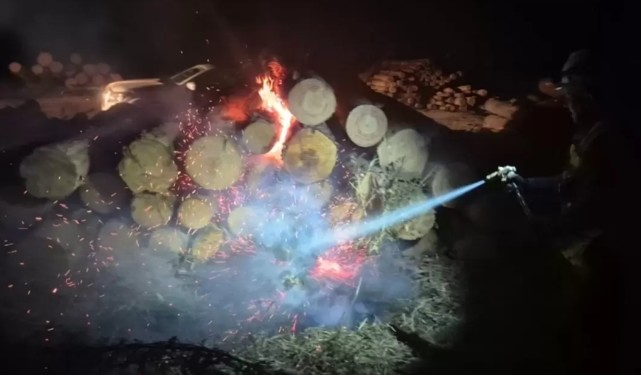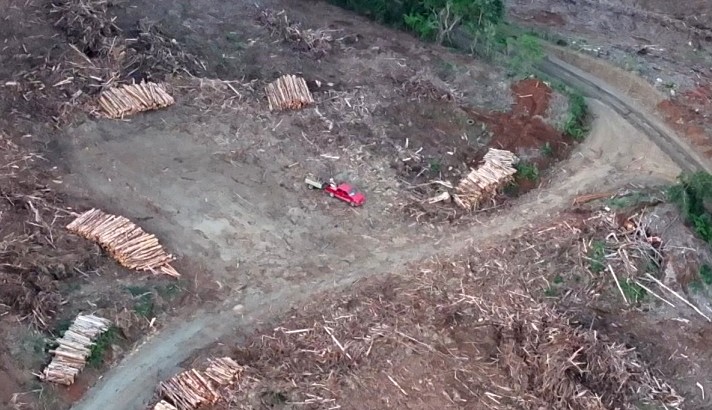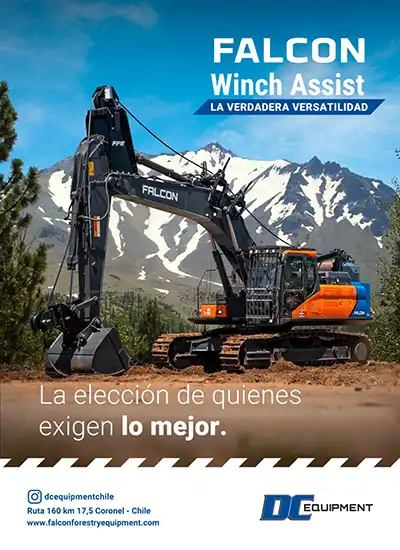Study reveals the paradox of wildfires: less area burned, more people at risk
Wildfires have strongly marked the last decade in different corners of the planet. In Chile, we remember them for the tragedies experienced in the central-south zone, while globally, studies show a surprising change: although burned land has decreased by 26% between 2002 and 2021, the population exposed to fires increased by 40%.
The finding was recently published in the journal Science under the title "Increasing global human exposure to wildland fires despite declining burned area" and poses an urgent challenge: it is not enough to measure how many hectares burn, but how many people are at risk.
Increase in population exposure
The study was based on NASA satellite data, which allows identifying the burned area year by year. The results confirm a global reduction in the extent of fires, especially in African savannas, where changes in agricultural practices have limited fire. However, this apparent good news is overshadowed by the sharp increase in population exposure.
The concept of the urban-rural interface is key to understanding it: these are the zones where the expansion of cities and towns meets areas of flammable vegetation. There, every hectare that burns can affect hundreds of people.
According to the study, 85% of all human exposures to fires occur in Africa, especially in countries such as the Democratic Republic of the Congo, South Sudan, Mozambique, Zambia, and Angola. Although they concentrate only 3% of the world's population, they contribute half of the people exposed to fires on the planet.
Less area burned but more intense wildfires
Although the total burned area decreased, fires tend to be more intense, extreme, and destructive, driven by more adverse climatic conditions.
Climate change generates longer and drier summers, increases the frequency of heat waves, and reduces moisture in soils and vegetation. These conditions favor what scientists call "sixth-generation fires," capable of creating their own weather and difficult to control even with large firefighting teams.
Less area burned, but not by chance: changes in land use, more landscape fragmentation, and better fire management explain the trend
In countries of North America, Europe, and Oceania, it has been seen how fires ravage entire urban areas, forcing massive evacuations. This reflects a global trend: fires are no longer just a problem of rural areas but have become a direct threat to entire communities.
Outlook for Chile
Chile is not exempt from this reality. The country has a long history of wildfires, but in recent years these have been more destructive. The summer of 2023 was marked by disasters in the central-south zone that devastated thousands of hectares, while in February 2024 Valparaíso experienced the most painful tragedy in its recent history, with more than a hundred deaths and thousands of homes destroyed.
In our territory, the combination of a Mediterranean climate, prolonged droughts, and urban expansion in risk zones makes fires a growing threat. Additionally, homogeneous forest plantations and the abandonment of rural areas increase the availability of vegetative fuel.
The global study is a warning for Chile: although the total burned area may vary year to year, what really matters is the growing exposure of communities. Prevention measures must focus on territorial planning, regulation of the urban-rural interface, and fuel management around homes.
The paradox of the study is that there is less area burned, but more human risk: fires are now more intense and dangerously close to our communities, aggravated by climate change.
Wildfires can no longer be measured only in lost hectares. Behind each event, there are people, communities, and vulnerable territories. The world burns less in extent, but it burns closer to where we live.
For Chile, the challenge is clear: adapt to a more extreme climate and disorderly urbanization, strengthening prevention and community resilience.
Source:Meteored

















